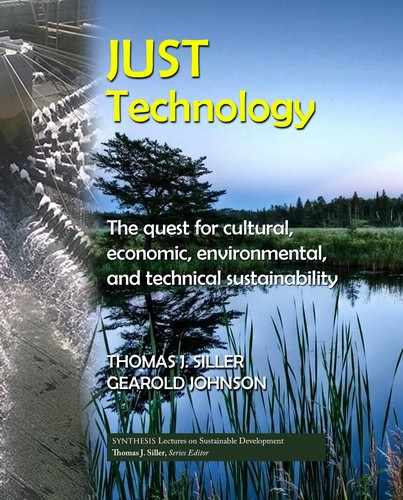5.4. CERTAIN 37
control the flow of water into the lake, i.e., the watershed. So, each country views this lake dif-
ferently and therefore defines the problem differently. What about the social issues that need
to be considered along with the complex political issues? Lack of clean drinking water seems
such an obvious problem, but its context can be quite complex! We will discuss this more as we
look at alternative approaches but it is valuable to note that different countries sharing the same
water source can lead to political issues about what, if any problem exists and its potential for
harm!
5.4 CERTAIN
Before starting to address a problem, we first need to establish that the problem really does exist.
is seems obvious but upon further reflection this question may be a very difficult one to answer.
Again, take climate change as an example. ere are some fairly radical solutions being proposed
to solve the problem of climate change. Although most scientists believe the Earth is warming
up and the climate is changing, there still exists a diminishing minority who don’t believe it. is
can cast a sense of uncertainty on the problem—more in the eyes of the public than scientists.
Even if we establish the certainty of climate change, there are more who question the certainty
of it being anthropogenic. Again, an element of uncertainty arises—if human actions are not
the cause then human solutions cannot be the elimination of those actions, but instead requires
actions aimed at overcoming nature’s path. e fact that these uncertainties exist is a major reason
solutions are slow in coming. is example is important for several reasons. First, establishing
certainty in defining a problem can often be complicated by the opinion of others, in this case
a non-trained public. So, it is important to convince people of the reality of a problem. Second,
when one considers the magnitude of solutions being suggested to counteract global warming,
e.g., geoengineering, it becomes more critical to establish with certainty that a problem exists.
Sources of uncertainty exist both in problem definition and with proposed solutions. First
let’s look at difficulties in problem definition. One source of problems that we often deal with
is extreme event loadings, e.g., Hurricane Sandy and the destruction of much of the Eastern
Seaboard of the United States [57]. How does one design against such an improbable event—
or other events such as earthquakes which pose significant uncertainties? ese uncertainties
impact problem definition? e communities destroyed by the storm probably define the prob-
lem as how to build storm proof structures. As Cox and Cox point out, “History shows that
residents of an area are often the most adamant of all in their desire to stay in place” [58]. In
reality that is not technically realistic when the magnitude and timing of such events cannot be
accurately predicted. A more realistic problem definition might be how to design storm-resistant
communities that can withstand some storms but not all. e uncertainty of loading drives the
decisions of how to manage these types of problems. A more extreme approach would be to
define the problem as to how do people migrate away from the present-day coasts to avoid the
problem altogether. is was implemented by the State of New York on for the community of
Oakwood Beach [58].
..................Content has been hidden....................
You can't read the all page of ebook, please click here login for view all page.
